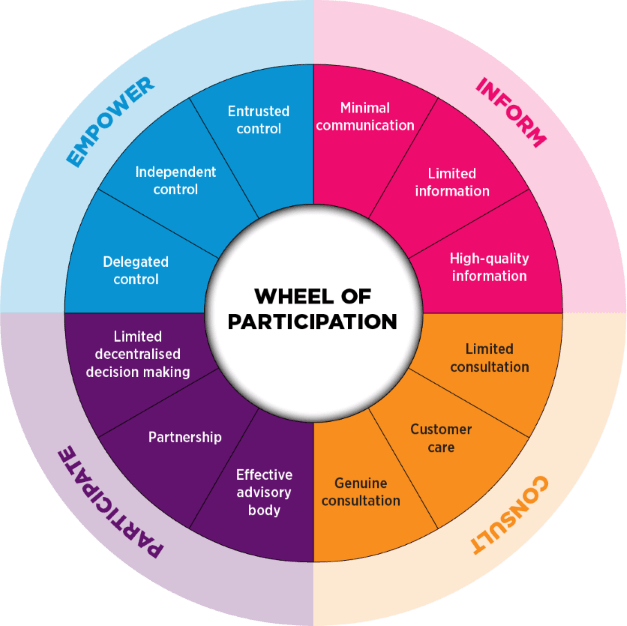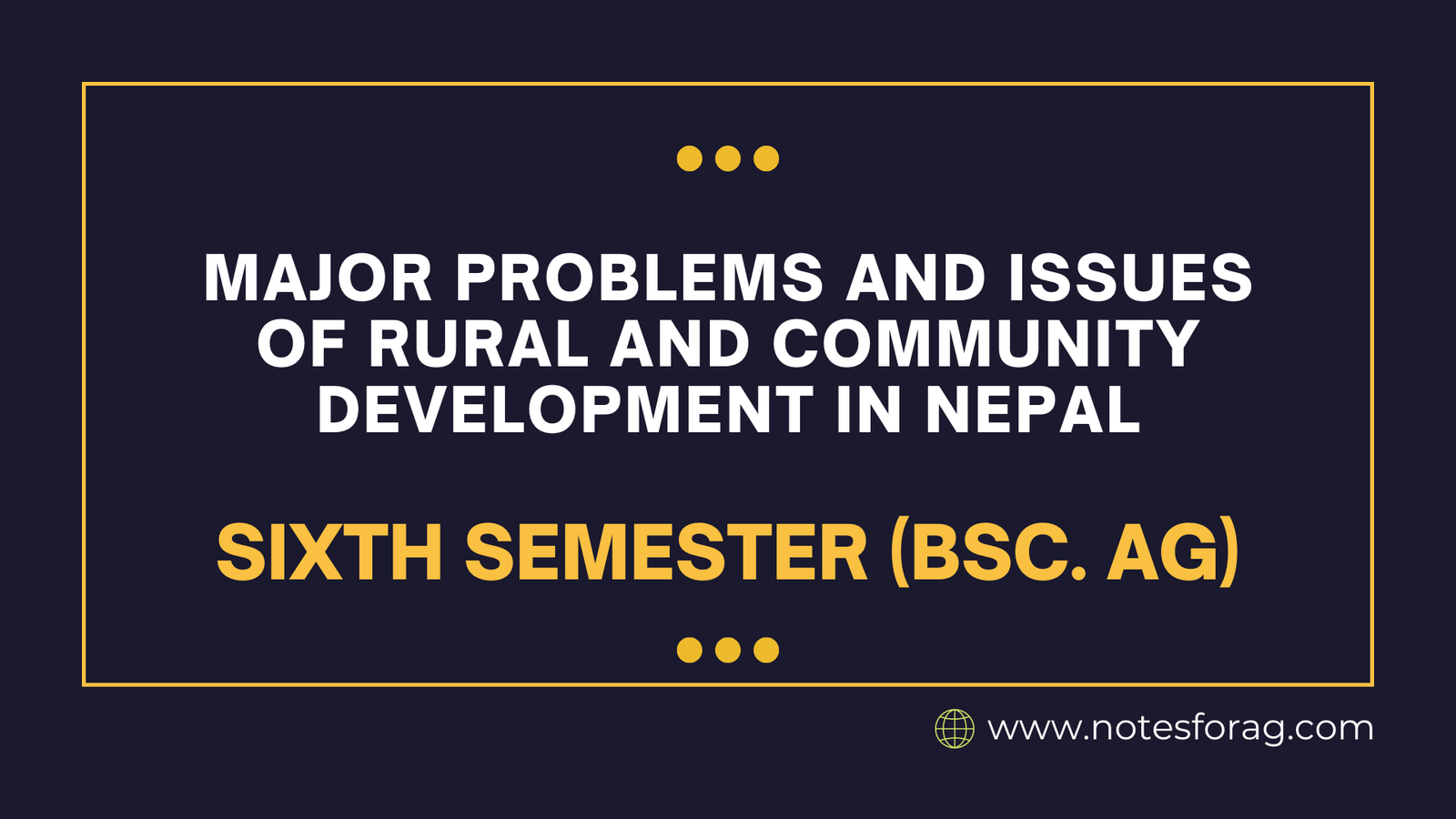Rural and community development in Nepal faces several significant challenges, which impact the overall socio-economic progress of the country.
Table of Contents
Key issues include:
1. Geographical Constraints
Geographical Constraints for Rural and community development involves:
- Mountainous Terrain: Nepal’s rugged topography makes infrastructure development, including roads, communication, and transportation, difficult. Many rural areas are isolated and inaccessible, limiting access to services like healthcare and education.
- Natural Disasters: Nepal is prone to earthquakes, landslides, and floods, which frequently disrupt development efforts, destroy infrastructure, and displace communities.
2. Poverty and Inequality
- High Poverty Rates: A large percentage of the rural population lives below the poverty line, with limited access to basic amenities such as food, shelter, and clothing. Poverty is more prevalent in rural areas compared to urban ones.
- Economic Disparities: There are significant economic disparities between rural and urban areas. Rural communities often rely on subsistence farming with little income diversification, limiting economic growth opportunities.
3. Lack of Infrastructure
- Road Networks: Many rural areas lack proper road infrastructure, making transportation of goods and services difficult and costly. This hampers market access for agricultural products and other resources.
- Electricity and Water Supply: Access to reliable electricity and clean water remains inadequate in many rural areas, further complicating development efforts and the establishment of businesses.
4. Agriculture Challenges
There can be various agricultural challenges in Rural and community development:
- Subsistence Farming: Agriculture remains the primary livelihood in rural areas, but it is often subsistence-based, with low productivity due to traditional farming methods, limited irrigation, and lack of modern technology.
- Climate Change: Unpredictable weather patterns and changing climatic conditions affect crop yields, increase the frequency of natural disasters, and strain already limited water resources.
- Land Fragmentation: Small and fragmented landholdings limit the scale of agricultural activities, reducing productivity and the adoption of modern agricultural techniques.
5. Unemployment and Migration
This is also one of the major issues in Rural and community development that arises due to;
- Youth Migration: Due to limited employment opportunities in rural areas, many young people migrate to urban centers or abroad, particularly to the Middle East or Malaysia, seeking work. This migration creates a shortage of labor in rural communities and disrupts local economies.
- Brain Drain: Skilled individuals, especially those educated, tend to leave rural areas in search of better opportunities, which leads to a shortage of human capital for local development.
6. Education and Health Challenges
- Low Literacy Rates: While Nepal has made progress in increasing literacy rates, many rural areas still suffer from low literacy levels, especially among women. This affects the ability of the population to access information, modern technologies, and opportunities.
- Healthcare Access: Rural healthcare facilities are often under-resourced and understaffed. Long distances and difficult terrain make it challenging for rural populations to access timely medical care.
- Malnutrition and Disease: Malnutrition, maternal and child health issues, and lack of access to clean water and sanitation contribute to poor health outcomes in rural areas.
7. Social and Cultural Factors
- Caste and Ethnic Discrimination: Despite legal reforms, caste-based and ethnic discrimination still exists in many rural areas, leading to marginalization and limited access to resources and opportunities for certain communities.
- Gender Inequality: Women in rural areas often face systemic barriers in terms of access to education, healthcare, and economic opportunities, limiting their participation in the development process.
8. Governance and Institutional Weakness
Governance and Institutional Weakness has been a major challenge in Rural and Community Development in Nepal:
- Weak Local Governance: Despite efforts to decentralize governance, local governments in rural areas often lack the capacity, resources, and expertise to effectively implement development projects.
- Corruption: Corruption at various levels of governance hampers the efficient use of development funds, resulting in delays and poor-quality infrastructure and services.
- Bureaucratic Delays: The slow, bureaucratic processes for approving and implementing development projects often lead to delays, inefficiencies, and wastage of resources.
9. Limited Access to Finance
- Financial Services: Many rural communities have limited access to banking and financial services. Without access to credit, it is difficult for farmers and small business owners to invest in improving their operations or starting new ventures.
- Cooperatives and Microfinance: Although cooperatives and microfinance institutions operate in rural areas, their reach is limited, and they often lack the resources to meet the needs of the entire population.
10. Environmental Degradation
Another major challenge in Rural and Community Development in Nepal is environment degradation.
- Deforestation and Soil Erosion: Deforestation and unsustainable farming practices contribute to soil erosion, which decreases land fertility and leads to environmental degradation.
- Water Resource Management: Poor management of water resources, including overuse of groundwater and pollution of rivers, affects agricultural productivity and the availability of clean water.
11. Political Instability
- Frequent Changes in Government: Political instability and frequent changes in leadership have affected long-term planning and implementation of development projects, particularly in rural areas.
- Conflict and Post-Conflict Recovery: The legacy of Nepal’s civil conflict (1996-2006) continues to affect development in rural areas, where rebuilding efforts have been slow and trust in government remains low.

Addressing these challenges requires integrated development policies, focused investments in infrastructure, education, and healthcare, along with sustainable agricultural practices, better governance, and increased opportunities for rural employment and entrepreneurship.
Frequently Asked Questions (FAQS)
What is the rural development of Nepal?
Rural development in Nepal is a complex phenomena influenced by economic, social, political, and cultural variables. The concept of rural development refers to the process of growth and change that aims to completely improve rural social life.
What are the integrated rural development projects in Nepal?
They are: (1) Integrated Hill Devel- opment Project, (2) Rasuwa/Nuwakot IRDP, (3) Karnali-Bheri IRDP, (4) Rapti IRDP, (5) Koshi Hill Area Rural Development Project, (6) Mahakali Hills RDP, (7) Sagarmatha IRDP, and (8) Dhading District De- velopment Project.
What do you mean by community development?
Rural villages can be classified as farming communities, fishing communities, logging communities, or places that have a high level of tourism during particular seasons of the year.
Related Articles

